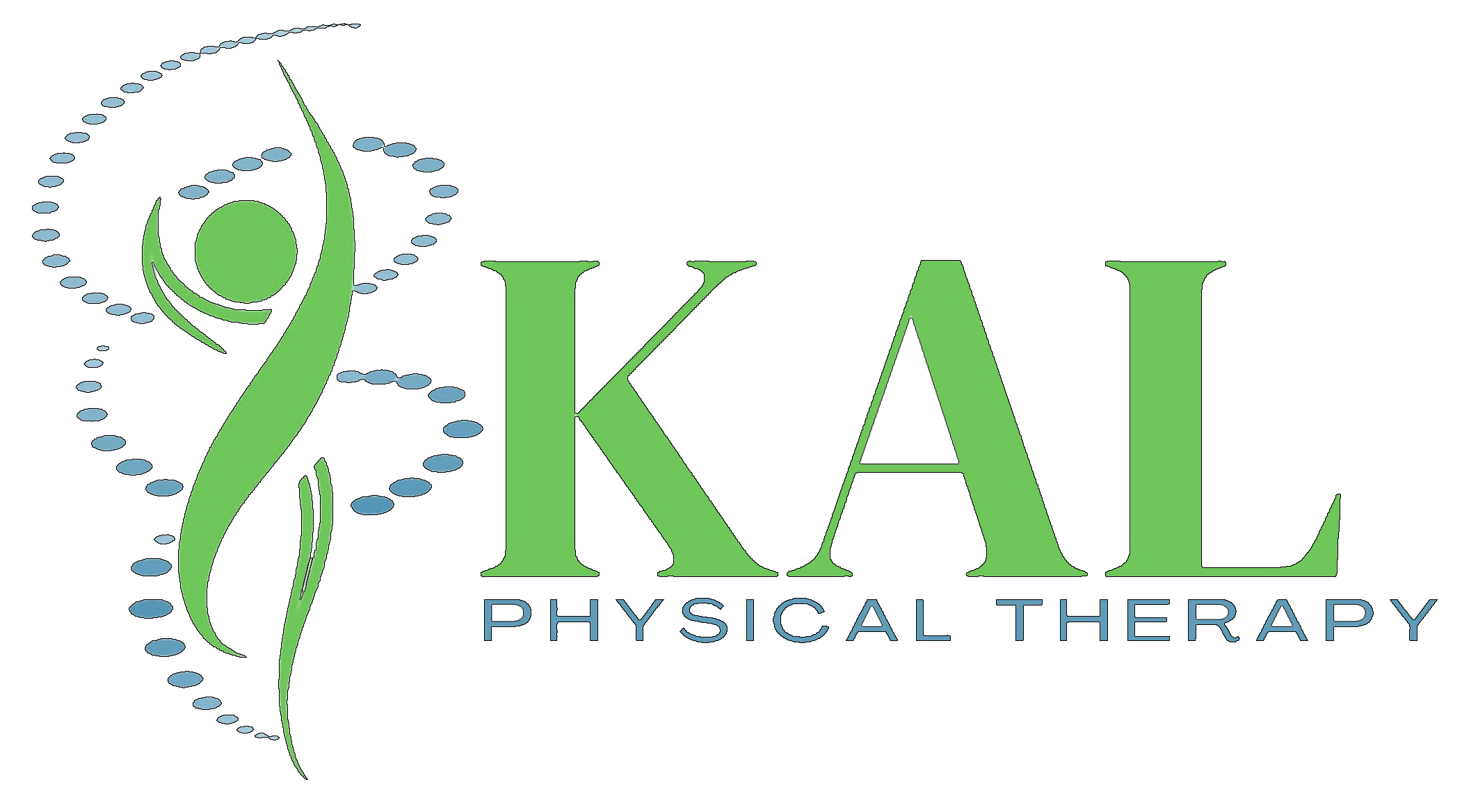Some Common Questions:
- What is vestibular physical therapy?
- What is concierge mobile physical therapy?
- What are the benefits of concierge mobile physical therapy?
- Who can benefit from vestibular physical therapy?
- How do I know if I need vestibular physical therapy?
- What can I expect during an initial evaluation?
- How long is a typical treatment session?
- What techniques are used in vestibular physical therapy?
- Will I receive exercises to do at home?
- How long does it take to see improvement?
- What forms of insurance are accepted?
- What are the benefits of paying for concierge vestibular physical therapy out of pocket as opposed to insurance?
- Do I need a doctor's referral for vestibular physical therapy?
Q. What is vestibular physical therapy?
Vestibular physical therapy is a specialized form of physical therapy that focuses on diagnosing and treating disorders related to the vestibular system, which controls balance and spatial orientation. It aims to alleviate symptoms such as dizziness, vertigo, imbalance, and motion sensitivity.
Q. What is concierge mobile physical therapy?
Concierge mobile physical therapy is a personalized service where a licensed physical therapist comes directly to your location, whether it's your home, office, or other convenient space. This approach provides individualized care in a comfortable setting without the need to travel to a clinic.
Q. What are the benefits of concierge mobile physical therapy?
Concierge mobile physical therapy offers convenience, personalized attention, and a comfortable environment. You'll receive one-on-one care from a licensed doctor of physical therapy in a location of your choice, making it ideal for those with busy schedules, mobility challenges, or a preference for privacy.
Q. Who can benefit from vestibular physical therapy?
Individuals who experience symptoms of dizziness, vertigo, unsteadiness, and difficulty with balance can benefit from vestibular physical therapy. This may include people with conditions like benign paroxysmal positional vertigo (BPPV), Meniere's disease, labyrinthitis, and other vestibular disorders.
Q. How do I know if I need vestibular physical therapy?
If you're experiencing recurrent dizziness, vertigo, or balance problems that affect your daily life, it's recommended to consult a healthcare professional. They can refer you to a vestibular physical therapist who will assess your symptoms, medical history, and perform specialized tests to determine if therapy is appropriate.
Q. What can I expect during an initial evaluation?
During your initial evaluation, the vestibular physical therapist will conduct a comprehensive assessment of your symptoms, medical history, and perform specific tests to identify the underlying cause of your vestibular issues. Although the evaluation may provoke dizziness, it will help in creating a more personalized treatment plan tailored to your needs.
Q. How long is a typical treatment session?
Treatment session lengths can vary based on individual needs, but they generally last around 45 minutes to an hour. The frequency and duration of sessions will be determined by your therapist based on your progress and the severity of your condition.
Q. What techniques are used in vestibular physical therapy?
Vestibular physical therapy incorporates a range of techniques, including gaze stabilization exercises, balance training, habituation exercises, and canalinth repositioning maneuvers (for BPPV). Your therapist will choose the most appropriate techniques based on your diagnosis and progress.
Q. Will I receive exercises to do at home?
Yes, home exercises are often a crucial part of vestibular rehabilitation. Your therapist will provide you with a customized home exercise program to complement your in-clinic sessions. Consistently practicing these exercises will enhance your progress.
Q. How long does it take to see improvement?
The timeline for improvement varies based on the individual and the nature of their condition. Some people experience improvement within a few weeks, while others may require several months of therapy. At KAL Physical therapy, your therapist will continually assess your progress and adjust your treatment plan as needed.
Q. What forms of insurance are accepted?
KAL Physical Therapy is out of network with all private insurance. We can provide you a receipt for reimbursement from your individual insurance company (check with your insurance company to determine reimbursement). Unfortunately, we cannot accept Medicare or Medicaid.
Q. What are the benefits of paying for concierge vestibular physical therapy out of pocket as opposed to insurance?
While paying out of pocket might seem more expensive initially, it can lead to long-term cost savings. Patients can often complete their therapy more quickly and effectively when receiving personalized care, which can reduce the overall number of sessions needed. This can potentially offset the upfront cost of cash payments. Also, patients who have high deductibles or copayments that they must meet before their insurance coverage kicks in. Opting to pay cash can help patients avoid these initial financial barriers and get immediate access to the care they need.
Q. Do I need a doctor's referral for vestibular physical therapy?
In New York you can see your physical therapist for up to 10 visits (or 30 days) without first having visited a medical doctor.
